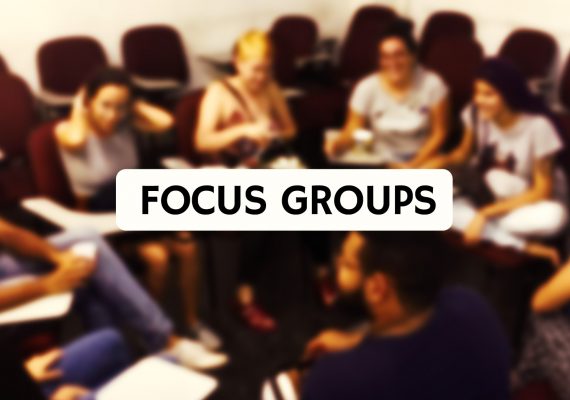Abstract
This paper aims to evaluate text, image and audio feedback regarding usability, exercise correction and user preferences when using Augmented Reality (AR) to guide movements execution in rehabilitation applications. For that, this study used an AR rehabilitation tool, named ARkanoidAR, which attempts to correct the wrong movement performed by a user through text, image and audio feedback, while he/she is playing a game controlled based on the therapy protocol defined by a physiotherapist for that particular user. The ARkanoidAR uses a Kinect sensor to track the human body and its movements, and it is completely configurable according to patient therapy needs. To evaluate feedback effects individually, this study collected quantitative data to measure success rate, which represents the amount of time that the user executed the movements correctly when using the application with each feedback individually activated. Experiments were composed of five phases: control, text, image, audio and control. The feedback sequence was randomized before the tests in order to avoid bias. Quantitative results show that users understood the instructions for performing the movements correctly since the success rate along time increased. Tests also included observation and qualitative analysis through questionnaires and a semi-structured interview to evaluate the usability perception of users. The qualitative data helped to detect different types of problems for each feedback based on users’ answers. This study was carried out with healthy people, and did not predict the particularities and limitations of physiotherapy patients.
Highlights
• Text, audio and image feedback are effective tools to guide correct movement performance.
• Audio feedback showed a higher efficacy on correct movement guidance based on its success rate and user approval.
• The increase in success rate over time demonstrates that the user has learned and understood the instructions and mechanics of the game to make the correct moves.
• Isolated feedback evaluation enables to detect its advantages and disadvantages.
• Feedback presentation sequence did not influence their effects.
Tópicos deste Artigo
1. Introduction
1.1. Related work
2. Materials and methods
2.1. ARkanoidAR
2.1.1. ARkanoidAR Feedback
2.2. Protocol
2.2.1. Participants
2.2.2. Experiments
2.3. Data analysis
3. Results
3.1. Performance analysis
3.2. Questionnaire evaluation
3.3. Interview
4. Discussion
5. Threats to validity
6. Conclusion
References
Artigo completo
Artigo
Orientação: Profª Drª Alana Elza Da Gama e Profº Drº Walter F. M. Correia
Autores: Virgínia Carrazzone Cavalcanti, Maria Iziane de Santana Ferreira, Veronica Teichrieb, Ricardo Rossiter Barioni, Walter Franklin Marques Correia, Alana Elza Fontes Da Gama.
Data: Dezembro/2019
–>








Sorry, the comment form is closed at this time.